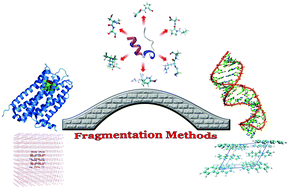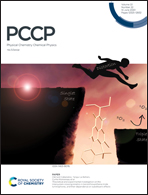Fragment-based quantum mechanical approach to biomolecules, molecular clusters, molecular crystals and liquids
Abstract
To study large molecular systems beyond the system size that the current state-of-the-art ab initio electronic structure methods could handle, fragment-based quantum mechanical (QM) approaches have been developed over the past years, and proved to be efficient in dealing with large molecular systems at various ab initio levels. According to the fragmentation approach, a large molecular system can be divided into subsystems (fragments), and subsequently the property of the whole system can be approximately obtained by taking a proper combination of the corresponding terms of individual fragments. Therefore, the standard QM calculation of a large system could be circumvented by carrying out a series of calculations on small fragments, which significantly promotes computational efficiency. The electrostatically embedded generalized molecular fractionation with conjugate caps (EE-GMFCC) method is one of the fragment-based QM approaches which has been developed by our research group in recent years. This Perspective presents the theoretical framework of this fragmentation method and its applications in biomolecules, molecular clusters, molecular crystals and liquids, including total energy calculation, protein–ligand/protein binding affinity prediction, geometry optimization, vibrational spectrum simulation, ab initio molecular dynamics simulation, and prediction of excited-state properties.

- This article is part of the themed collection: PCCP Perspectives


 Please wait while we load your content...
Please wait while we load your content...